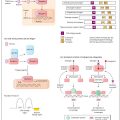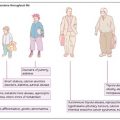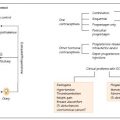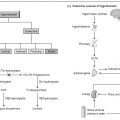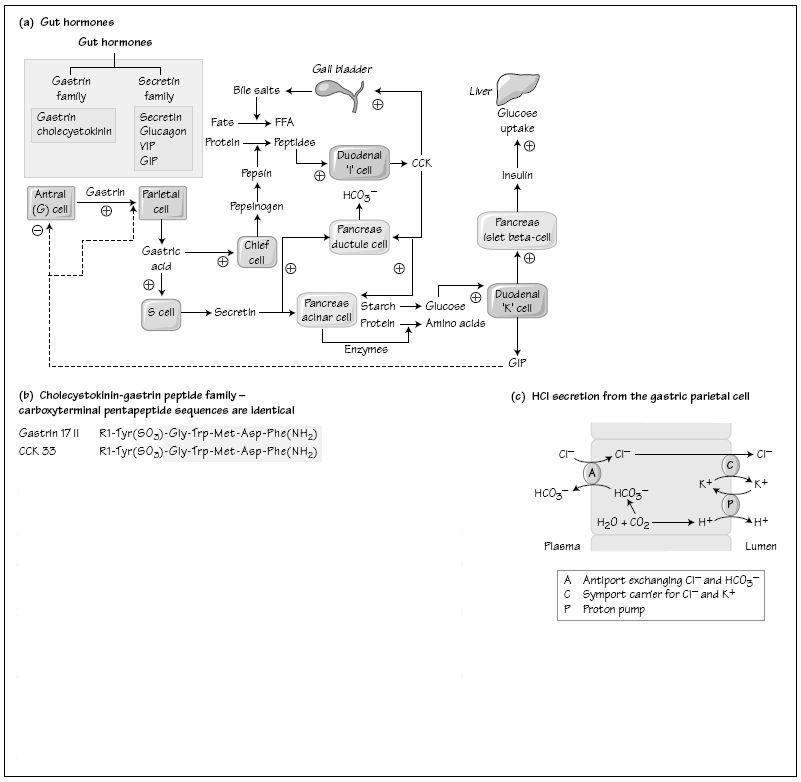
Table 43.1 Possible mediators of duodenal pH and acid secretion
| Possible action | Inhibits | Stimulates |
| Delay in emptying of gastric acid into the duodenum | – | CCK |
| Bicarbonate secretion from pancreas | Pancreatic polypeptide Somatostatin | CCK Secretin VIP |
| Acid secretion | Gastric inhibitory peptide Secretin Somatostatin VIP | CCK Gastrin |
| Gastrin release | Gastric inhibitory peptide Glucagon Secretin Somatostatin VIP | Bombesin Gastrin-releasing peptide (GRP) |
Neuroendocrine tumours of the gastrointestinal system are rare tumours that usually present with manifestations related to the actions of the peptide that they secrete. Functioning neuroendocrine tumours include: the pancreatic tumours insulinomas (insulin secreting), VIPomas (vasoactive intestinal polypeptide), glucagonomas (glucagon), gastrinomas (gastrin) and somatostatinomas (somatostatin) and the small bowel tumours carcinoids (5HIAA), gastrinomas (gastrin) and somatostatinomas (somatostatin). Pancreatic tumours may form part of the MEN 1 syndrome and sometimes secrete a number of other hormones including ACTH (presenting as Cushing’s syndrome), GHRH (causing acromegaly), and PTHrP (presenting with hypercalcaemia). Patients with insulinomas present with hypoglycaemic symptoms; those with gastrinomas have complex peptic ulcer disease with diarrhoea; VIPomas cause diarrhoea, acid–base disturbances and glucose intolerance and an erythematous rash; glucagonomas cause a typical necrolytic skin lesion associated with glucose intolerance, bowel disturbance, neuropsychiatric problems and venous thrombosis; and somatostatinomas present with steatorrhoea, gallstones and diabetes. Carcinoid tumours are the most common of the group, presenting with flushing, diarrhoea, bronchospasm, arthropathy and cardiac complications. All these tumours are extremely rare and require specialist management by multidisciplinary teams of endocrinologists, surgeons, radiologists and oncologists.
Stay updated, free articles. Join our Telegram channel

Full access? Get Clinical Tree


